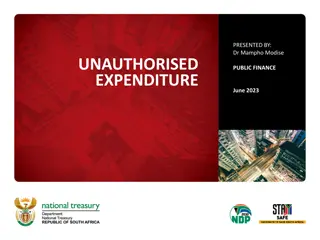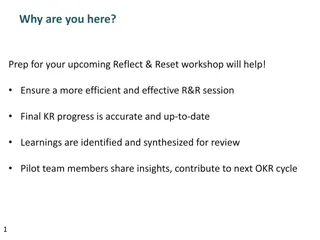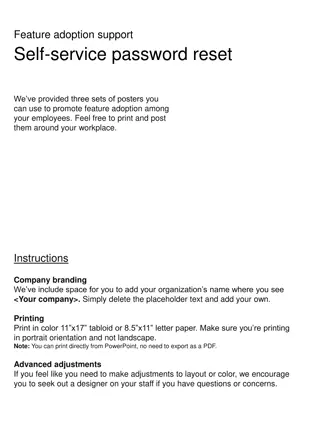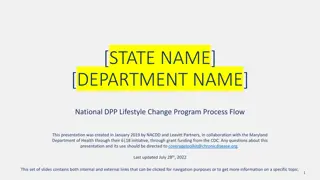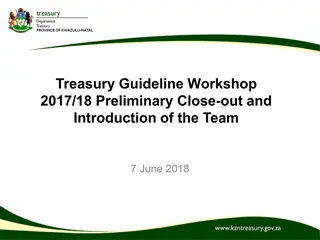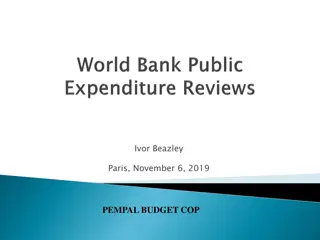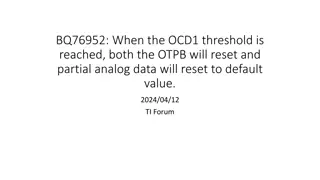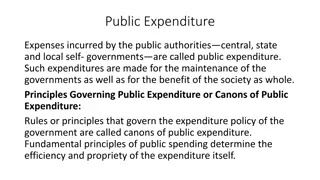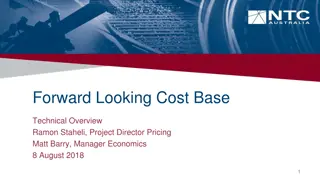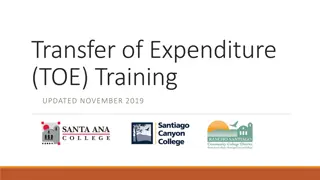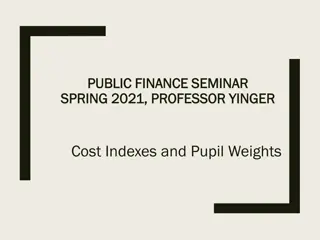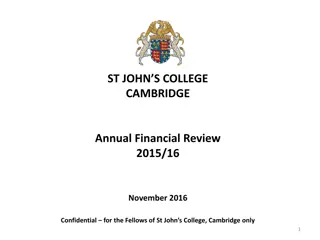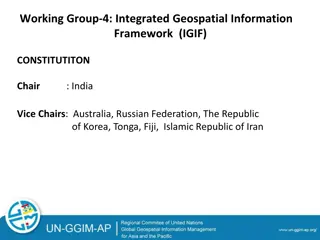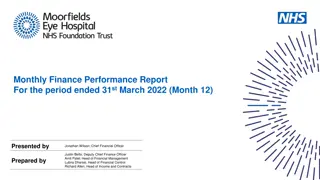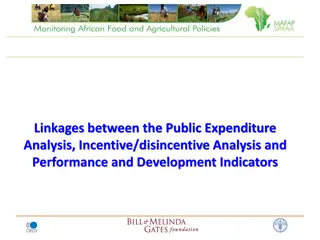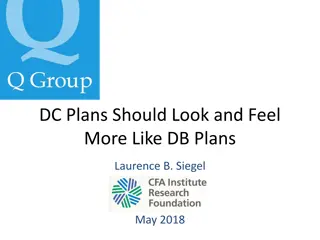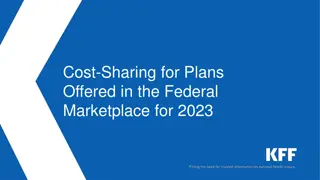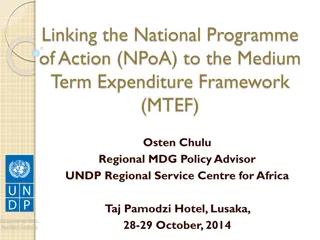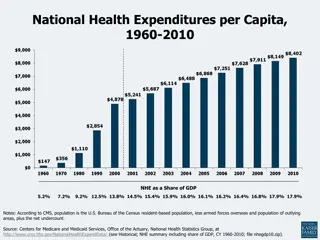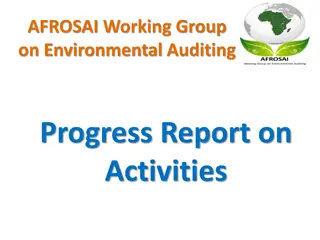Analysis of Expenditure Plans in DPP Reset Working Group
The ENA's working group is examining approaches for forecasting key components in the DPP reset, with short and long-term considerations. Industry feedback focuses on data variations, categorization issues, and the need for accurate models to explain expenditure plans. Significant variation and a step-up in capex are noted across EDBs, raising questions on model development and handling complex expenditure categories.
Download Presentation

Please find below an Image/Link to download the presentation.
The content on the website is provided AS IS for your information and personal use only. It may not be sold, licensed, or shared on other websites without obtaining consent from the author. Download presentation by click this link. If you encounter any issues during the download, it is possible that the publisher has removed the file from their server.
E N D
Presentation Transcript
Initial observations on the Initial Observations Nathan Strong Chair, ENA Default Price Path Working Group
Overview The ENA has established a working group to examine possible approaches to forecasting key components that could potentially be used in the DPP reset Including capex, opex and input prices Short-term: what is feasible for the next reset, given existing data? Long-term: what might be used in future resets, with longer time to develop models and acquire data? Part of the analysis is considering similar issues to that raised in the Commission s Initial Observations on 2013 AMPs This presentation covers some general and specific initial reactions to the Commission s paper
General comments From the industry s perspective the paper provides a useful mirror back to the industry providing a view of the wide variations in future expenditure plans Information sharing between EDBs tends to be more focussed on particular issues rather than an aggregated view Compilation of the accompanying database is useful and has enabled companies to start undertaking their own analysis Highlights that potentially there are some categorisation/ definitional issues that may need to be addressed to ensure that the right, or meaningful data is captured Paper provides some useful context for further discussions with stakeholders, including the Commission, about the sources of significant variation across EDBs in their plans and how we can explain expenditure plans in the context of underlying drivers
Significant variation in plans Initial observations suggest significant variation in expenditure plans across EDBs is likely
Step up in capex envisaged EDBs continue to forecast a significant step up in capex, driven by replacement and renewal expenditure requirements
Issues that arise How can accurate models be developed that seek to explain the variation across EDBs in both capex and opex plans? How much can be explained using high-level models? In the context of the DPP reset, what do we do with the expenditure categories that are difficult to explain? Will the uplift in replacement and renewal expenditure arrive and why does it keep getting pushed out?
Explanatory factors The Commission s key drivers analysis correctly identify at a high level the categories of factors that drive expenditure Ownership, health and capacity But how EDBs make asset management decisions in the context of those high level drivers in turn is driven by a large number of factors, e.g., Risk appetite Organisational capability and resources, including data, knowledge Views of the future, customer preferences Attitudes to technology and innovation Changes in regulation and legislation Likely to be difficult to account for these factors in high-level model
Explanatory factors cont The step increase in replacement and renewal capex must inevitably come through, as aged assets cannot be maintained indefinitely Part of explanation for shifting timing of increased expenditure likely to be organisational capacity to ramp up expenditure levels Potentially a factor for industry to consider is improved consideration of resourcing and resource risks to the achievement of AMP forecasts
Challenges For the DPP reset, further work to do Need to test further models especially those exploring asset health related drivers If high-level models cannot be developed to accurately forecast capex and opex, what are the alternatives? This is being considered by ENA s DPP forecasting working group, but Commission also needs to consider these wider issues in the context of what the DPP/CPP environment permits
Other observations Capital contributions need to be considered when looking at expenditure Customer capex can be difficult to predict and has priority when it arrives Contributions are netted from commissioned assets so large contributions can be mistaken for falls in capex Industry is finding it useful not to have to prepare full AMP disclosures for 2014, allowing more time to focus on the Schedules



